Lesson plans for 1-2 year olds are crucial for fostering growth and development․ They include engaging activities, songs, and movement exercises tailored to young learners’ needs, promoting creativity, motor skills, and social interaction while supporting developmental milestones and curiosity․
Overview of Developmental Milestones
Children aged 1-2 years experience rapid growth in motor, language, and social-emotional skills․ During this stage, they develop hand-eye coordination, begin walking independently, and improve communication through gestures and simple words․ Social-emotional milestones include showing affection, exploring independence, and understanding object permanence․ Lesson plans tailored for this age group focus on activities that enhance these developmental areas, ensuring a strong foundation for future learning and emotional intelligence․ Engaging play-based strategies help toddlers achieve these milestones while fostering curiosity and creativity․
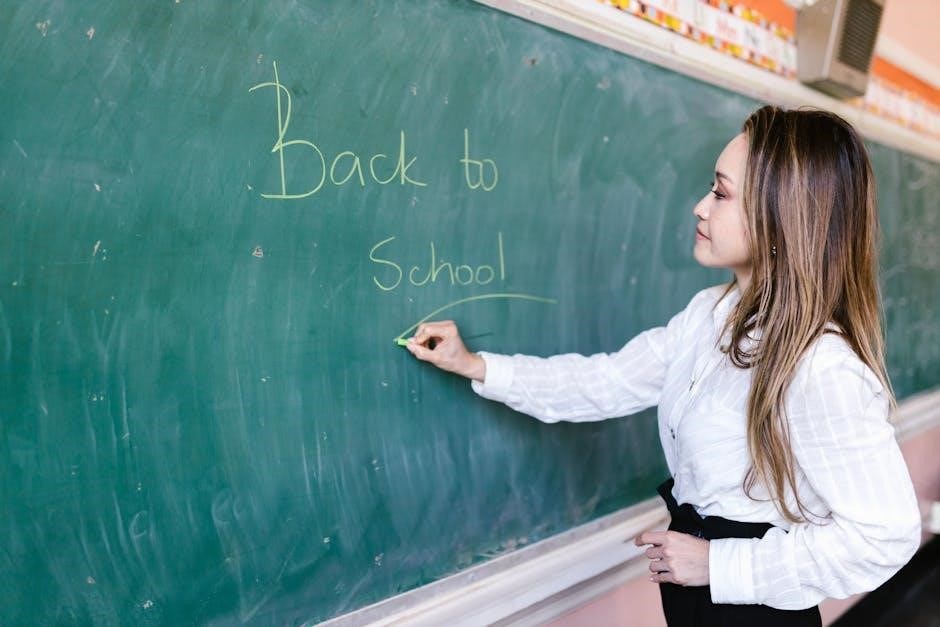
Motor Skills Development
Motor skills development in 1-2 year olds involves refining gross and fine motor abilities․ Activities like crawling, walking, and object manipulation strengthen coordination and dexterity, building foundational physical abilities․
Gross Motor Activities
Gross motor activities for 1-2 year olds focus on developing large muscle groups․ Running, jumping, and balance exercises enhance coordination and strength․ Simple games like rolling a ball or climbing soft obstacles encourage physical exploration․ These activities improve mobility and confidence․ Lesson plans often include group games, obstacle courses, and music-based movements to engage toddlers․ Parents and educators can use customizable templates to design age-appropriate sessions․ These exercises are essential for refining foundational motor skills, preparing children for more complex movements as they grow․ Regular practice ensures healthy physical development and fosters a lifelong love for active play․
Fine Motor Skill Enhancement
Fine motor activities for 1-2 year olds focus on refining hand-eye coordination and dexterity․ Simple tasks like stacking blocks, finger painting, or using playdough encourage precision and control․ Lesson plans often incorporate sensory play, such as sorting small objects or tearing paper, to enhance these skills․ Activities like gripping crayons or scribbling on paper also aid in developing the pincer grasp․ These exercises prepare toddlers for more complex tasks, such as drawing and writing․ Customizable templates and PDF resources provide educators with structured ways to integrate these activities into daily routines, ensuring steady progress in fine motor development․
Sensory Play and Exploration
Sensory play fosters curiosity and exploration in toddlers, enhancing their understanding of textures, smells, and sounds․ Activities like texture exploration and art projects stimulate their senses and encourage learning․
Texture and Object Exploration
Texture and object exploration activities are essential for 1-2 year olds, fostering curiosity and cognitive development․ Hands-on experiences, such as touching fabrics, sand, or natural materials, encourage sensory engagement and understanding of the world around them․ Activities like exploring real apples or hiding objects to discover object permanence are both educational and entertaining․ These exercises help refine motor skills and hand-eye coordination while introducing basic concepts of cause and effect․ Safe, age-appropriate materials are key to creating a stimulating environment that supports early learning and creativity․
By incorporating texture-rich objects and interactive play, toddlers develop problem-solving abilities and fine motor control․ These activities also lay the groundwork for future academic and social growth, making them a cornerstone of lesson plans tailored for this age group․
Art and Creative Activities
Art and creative activities are vital for 1-2 year olds, fostering imagination and self-expression․ Simple, age-appropriate materials like crayons, paint, and playdough encourage toddlers to explore colors, textures, and shapes․ Activities like finger painting or creating collages with safe materials help develop fine motor skills and hand-eye coordination․ These creative exercises also introduce basic concepts of cause and effect while stimulating curiosity and confidence․ Art projects can be themed, such as exploring apples or farm animals, to align with other learning areas․ This playful approach to art supports emotional growth and lays the foundation for future creative expression and problem-solving skills․
Music and Movement
Music and movement activities for 1-2 year olds include songs, action games, and rhythm exercises, fostering motor skills, coordination, and language development while encouraging creative expression and joy․
Songs and Action Games
Songs and action games are essential for 1-2 year olds, promoting motor skills and language development․ Activities like “If You’re Happy and You Know It” encourage toddlers to associate actions with words, fostering creativity and coordination․ Simple songs with gestures, such as clapping or jumping, help refine gross motor abilities․ Action games like “1, 2, 3 Little People” introduce counting while engaging children in physical movement․ These activities not only entertain but also support cognitive growth and social interaction, creating a fun and stimulating learning environment tailored to their developmental needs․
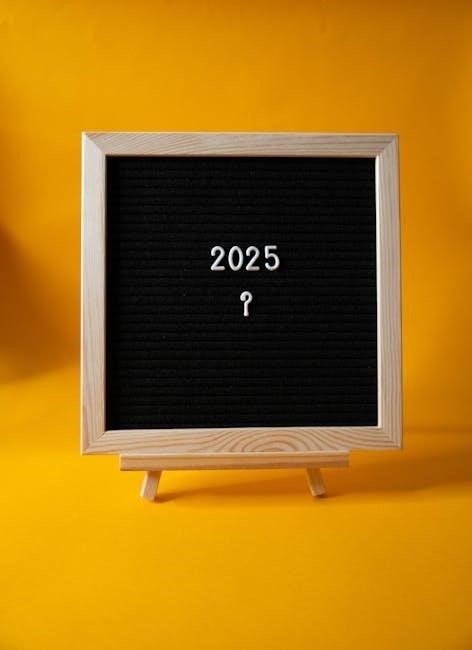
Dance and Rhythm Activities
Dance and rhythm activities are perfect for 1-2 year olds, fostering creativity and physical expression․ Simple movements to music, like swaying or clapping, help develop coordination and timing․ Toddlers can explore different rhythms by marching, twirling, or tapping their feet․ Activities like “Start Smart Songs” encourage children to move freely, enhancing gross motor skills and musical awareness․ Using props like scarves or ribbons adds fun, while imitating animal movements teaches creativity and self-expression․ These activities not only promote physical development but also inspire a lifelong love for music and movement in young children․
Storytelling and Language Development
Storytelling and language development are vital for young children, fostering communication and imagination․ Reading aloud, selecting simple books, and encouraging participation help toddlers build vocabulary and comprehension skills․
Reading Aloud and Book Selection
Reading aloud is a cornerstone of early literacy development for 1-2 year olds․ Choose books with vibrant visuals, simple textures, and few words to capture their attention․ Board books or sturdy pages are ideal for toddlers․ Select stories that reflect their daily experiences, fostering relatability and curiosity․ Engage children by pointing to objects and asking questions, encouraging vocal responses․ Incorporate rhymes and rhythmic language to enhance phonological awareness․ Rotate books regularly to keep interest high and introduce new vocabulary․ Reading sessions should be short, aligning with their attention spans, to create a positive association with books and learning․
Interactive Storytelling Techniques
Interactive storytelling engages 1-2 year olds by encouraging participation and imagination․ Use puppets or stuffed animals to act out stories, making them relatable and fun․ Pause to ask simple questions like “What’s next?” or “Where’s the cat?” to foster curiosity․ Incorporate movement by acting out actions described in the story, such as clapping or jumping․ Encourage children to join in with sounds or rhymes, promoting language development․ Repeat phrases or actions for repetition, aiding memory and comprehension․ This approach makes storytelling dynamic and inclusive, helping toddlers connect with narratives and develop a love for stories․
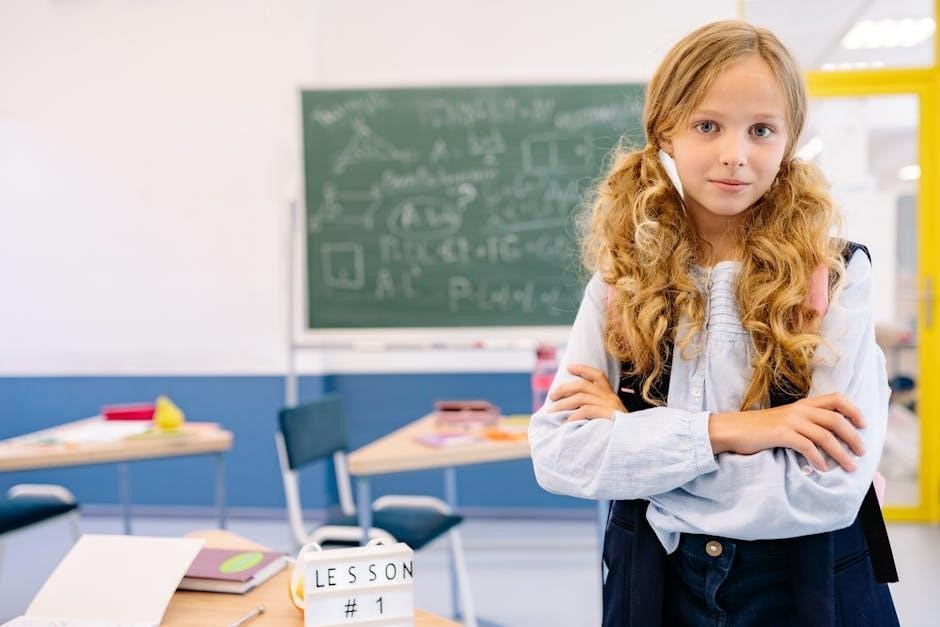
Social-Emotional Development
Activities promoting sharing and cooperation help toddlers develop self-awareness and empathy, fostering a strong foundation for social-emotional growth and positive interactions with peers․
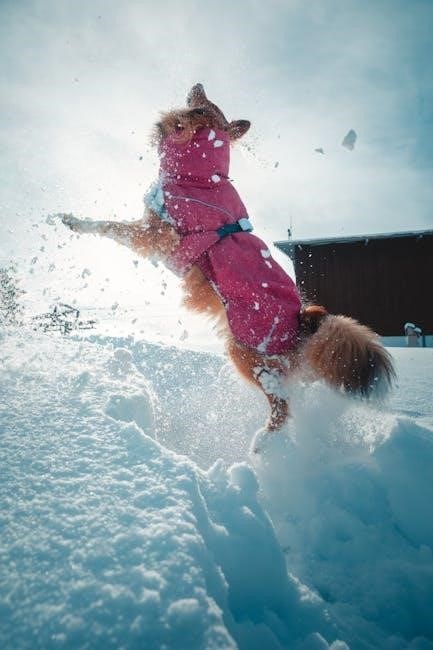
Sharing and Cooperation
Encourage toddlers to share toys and take turns through structured activities․ Simple games like passing objects or collaborative play foster cooperation and social bonds․ Positive reinforcement, such as praise, helps build confidence and empathy․ Sharing activities reduce conflicts and teach mutual respect, while group tasks promote teamwork․ These exercises lay the groundwork for healthy relationships and emotional intelligence, essential for future interactions․ By integrating sharing and cooperation into daily routines, caregivers help toddlers develop vital social-emotional skills in a nurturing environment․
Emotional Awareness and Expression
Help toddlers identify and express emotions through engaging activities․ Use songs like “If You’re Happy and You Know It” to link actions with feelings․ Read books featuring different emotions and encourage children to point out how characters feel․ Introduce simple games that involve mimicry or matching emotions․ Positive reinforcement, such as praising appropriate expressions, fosters emotional intelligence․ Group activities can also promote empathy by encouraging children to share how they or others feel․ These exercises help toddlers develop self-awareness and build a foundation for understanding and managing their emotions effectively in a supportive environment․
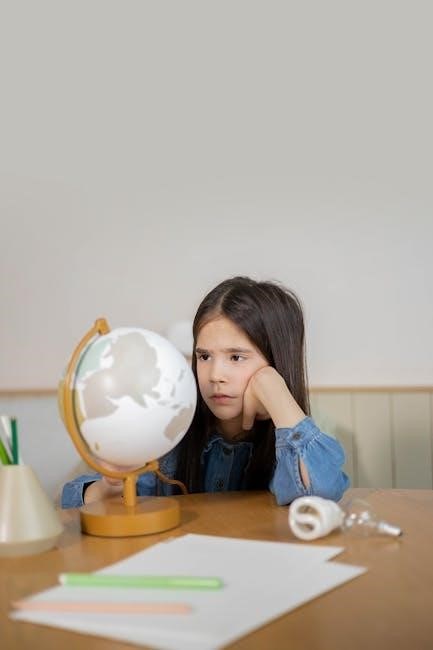
Miscellaneous Activities
Incorporate theme-based learning, such as farm or healthy food themes, and celebrate holidays to introduce cultural awareness․ These engaging activities encourage creativity, exploration, and diverse learning experiences for toddlers․
Theme-Based Learning (e․g․, Farm, Healthy Foods)
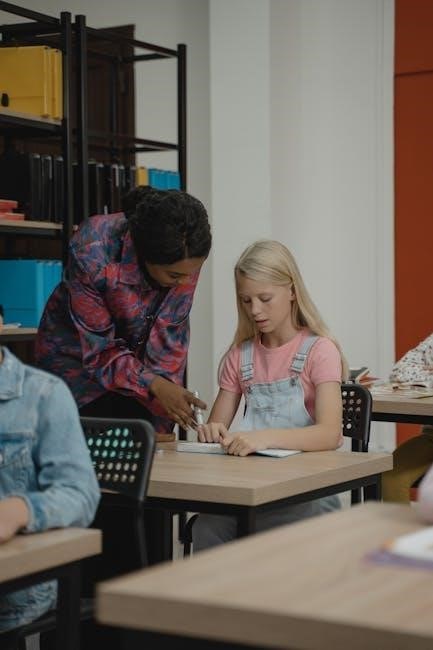
Theme-based learning engages toddlers in familiar and relatable concepts, fostering curiosity and exploration․ Farm themes introduce animals, sounds, and farm-related objects, while healthy food themes teach nutrition basics․ Activities include sing-alongs like “Old MacDonald Had a Farm” and “The Fruit Salad Song,” art projects with food shapes, and sensory play with pretend fruits and vegetables․ These themes encourage creativity, language development, and an understanding of the world around them․ Lesson plans often incorporate storytime with books like “The Very Hungry Caterpillar” and simple games like “Pin the Tail on the Donkey” adapted to theme-based fun․
Holiday and Cultural Celebrations
Holiday and cultural celebrations offer vibrant learning opportunities for toddlers․ Activities like singing holiday songs, crafting decorations, and storytelling about traditions foster cultural awareness and engagement․ For Christmas, toddlers can decorate mini trees or sing “Jingle Bells․” Halloween might involve simple costume-making or trick-or-treat games․ Cultural celebrations, such as dancing to traditional music or making ethnic crafts, introduce diversity․ These themed activities promote social interaction, creativity, and an appreciation for different traditions, aligning with developmental goals while creating joyful memories․
